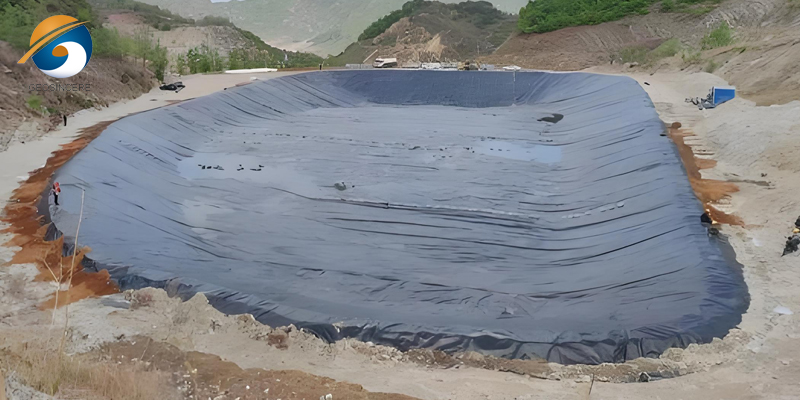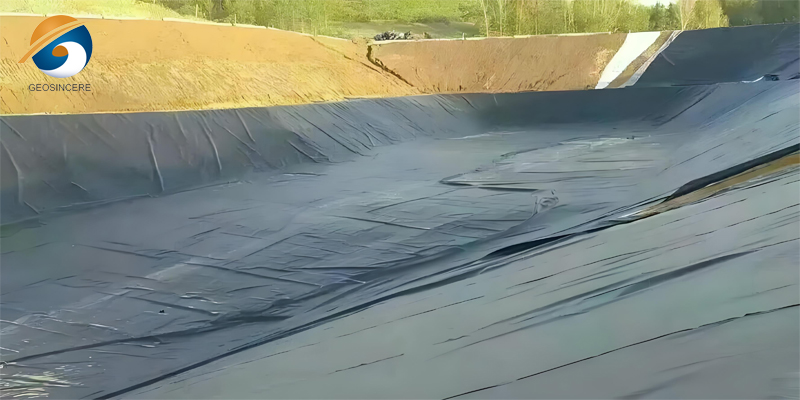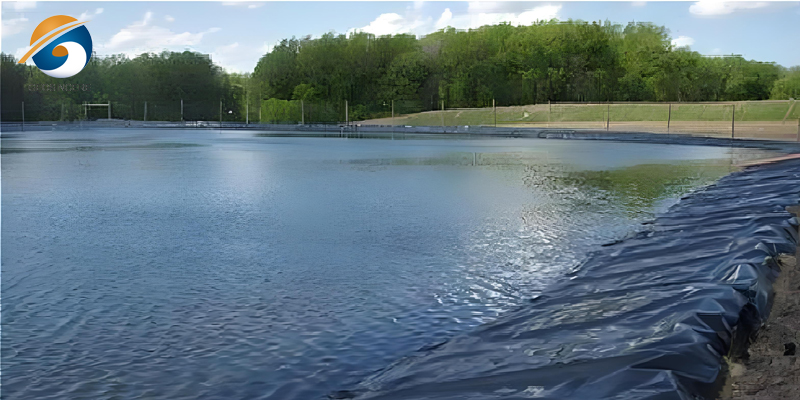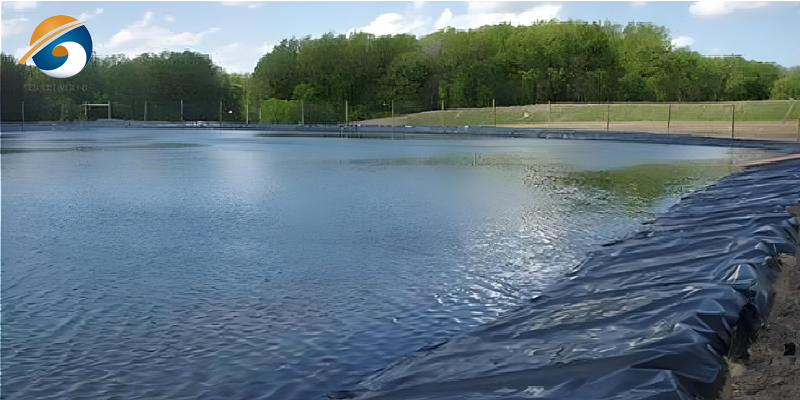What Is the HDPE Liner Cost Per m2 ?
The cost per square meter of HDPE lining is an important consideration for various applications, including waste control, reservoirs, and agricultural use. Understanding pricing dynamics can help you effectively develop a budget for your project. Costs may vary due to factors such as thickness, quality, suppliers, and regional market conditions. In this article, we will explore how the cost per square meter of HDPE lining influenced by various factors is crucial for effective project planning. By considering thickness, quality, and additional costs, you can make wise choices that align with project requirements and budget.
1. What Factors Influence the Cost of HDPE Liners?
1.1 Material Quality: The best of the uncooked substances used to manufacture HDPE liners can appreciably have an effect on the price. Higher-quality substances regularly provide higher sturdiness and resistance to environmental conditions.
1.2 Thickness: Thicker liners generally cost more due to the increased amount of material required. Thickness is a integral component in identifying the liner's overall performance for unique applications.
1.3 Supplier and Brand: Different suppliers may also provide various expenses based on their manufacturing processes, reputations, and market positioning. Established manufacturers might also cost a top rate for their products.
1.4 Order Quantity: Bulk purchases regularly end result in reductions per rectangular meter. Smaller orders might also incur greater unit fees due to much less environment friendly manufacturing and shipping.
1.5 Geographic Location: Prices can fluctuate primarily based on regional market conditions, transportation costs, and nearby demand for HDPE liners. Shipping expenses may also additionally fluctuate relying on distance from the supplier.
1.6 Application Requirements: Specific initiatives may additionally have special necessities that necessitate specialised liners, which can enlarge costs. Regulatory or environmental requirements may additionally additionally have an effect on pricing.
1.7 Market Demand: Fluctuations in provide and demand can have an effect on HDPE liner prices. Economic conditions, enterprise trends, and seasonal elements can all play a role.
Understanding these elements can assist you higher check and price range for the prices related with HDPE liners for your unique project.
2. How Does Thickness Affect HDPE Liner Cost?
2.1 Material Cost: Thicker liners require more raw material, which directly increases the cost. As the thickness increases, the price per square meter typically rises.
2.2 Durability and Performance: Thicker liners normally provide higher sturdiness and resistance to punctures, tears, and environmental stressors. This greater overall performance can justify a greater price, especially in demanding applications.
2.3 Application Requirements: Certain initiatives can also require precise thicknesses to meet regulatory or engineering standards. Thicker liners are frequently used in purposes like landfills, ponds, and containment areas, the place extra safety is essential.
2.4 Installation Complexity: Thicker liners might also be extra difficult to manage and install, doubtlessly main to accelerated labor costs. This can be an extra aspect in the typical pricing.
2.5 Long-term Value: While thicker liners would possibly have a greater upfront cost, they can furnish long-term financial savings by means of lowering upkeep wishes and extending the lifespan of the project.
3. What Are the Benefits of Investing in Quality HDPE Liner?
3.1 Durability: High-quality HDPE liners are resistant to punctures, tears, and environmental stressors, making sure they can stand up to harsh prerequisites and ultimate longer.
3.2 Chemical Resistance: Quality liners furnish high-quality resistance to a huge vary of chemicals, making them appropriate for more than a few applications, inclusive of waste containment and agricultural use.
3.3 UV Stability: Premium HDPE liners regularly consist of UV stabilizers, which shield in opposition to degradation from sunlight, extending their lifespan and overall performance in outside applications.
3.4 Reduced Maintenance: Investing in better-quality liners can lead to decrease upkeep expenses over time. Their sturdiness minimizes the want for repairs and replacements, saving each time and money.
3.5 Better Performance: Quality liners are designed to provide most advantageous hydraulic performance, lowering leakage and enhancing containment efficiency, which is necessary for environmental protection.
3.6 Compliance with Regulations: Higher-quality liners are greater possibly to meet enterprise requirements and regulatory requirements, supporting make certain compliance in tasks such as landfills and water containment systems.
3.7 Long-term Value: While the preliminary funding may additionally be higher, the long-term financial savings and advantages from decreased maintenance, expanded durability, and higher overall performance can make first-class HDPE liners a competitively priced choice.
3.8 Versatility: Quality HDPE liners can be used in a range of applications, such as ponds, reservoirs, landfills, and agricultural projects, making them a versatile answer for specific needs.
4. Are There Additional Costs Associated with HDPE Liner?
Yes, there are countless extra prices related with HDPE liners past the beyond per rectangular meter. Here are some key elements to consider:
4.1 Installation Costs: The complexity of putting in HDPE liners can lead to sizeable labor costs. Factors such as site preparation, equipment rental, and the need for skilled labor can increase overall expenses.
4.2 Transportation Fees: Depending on the supplier's vicinity and the extent ordered, transportation expenses can add to the complete price. Larger rolls of liner can also additionally incur greater delivery fees.
4.3 Site Preparation: Proper site preparation is crucial for effective installation. This can also contain grading, clearing debris, and making sure a clean surface, which can incur extra costs.
4.4 Accessories and Materials: Additional substances such as geotextiles, adhesives, or seam welding tools can also be required, contributing to the ordinary challenge cost.
4.5 Maintenance and Repairs: While HDPE liners are durable, there may also nonetheless be occasional upkeep or repairs wished over time, which can add to the long-term costs.
4.6 Regulatory Compliance: If the undertaking requires lets in or compliance with environmental regulations, related expenses can additionally enlarge typical costs.
5. Summarize
The cost of HDPE liners per square meter is influenced by multiple factors, including material quality and thickness. Understanding these elements can help you make informed decisions and effectively budget for your project, ensuring you get the best value for your investment.








